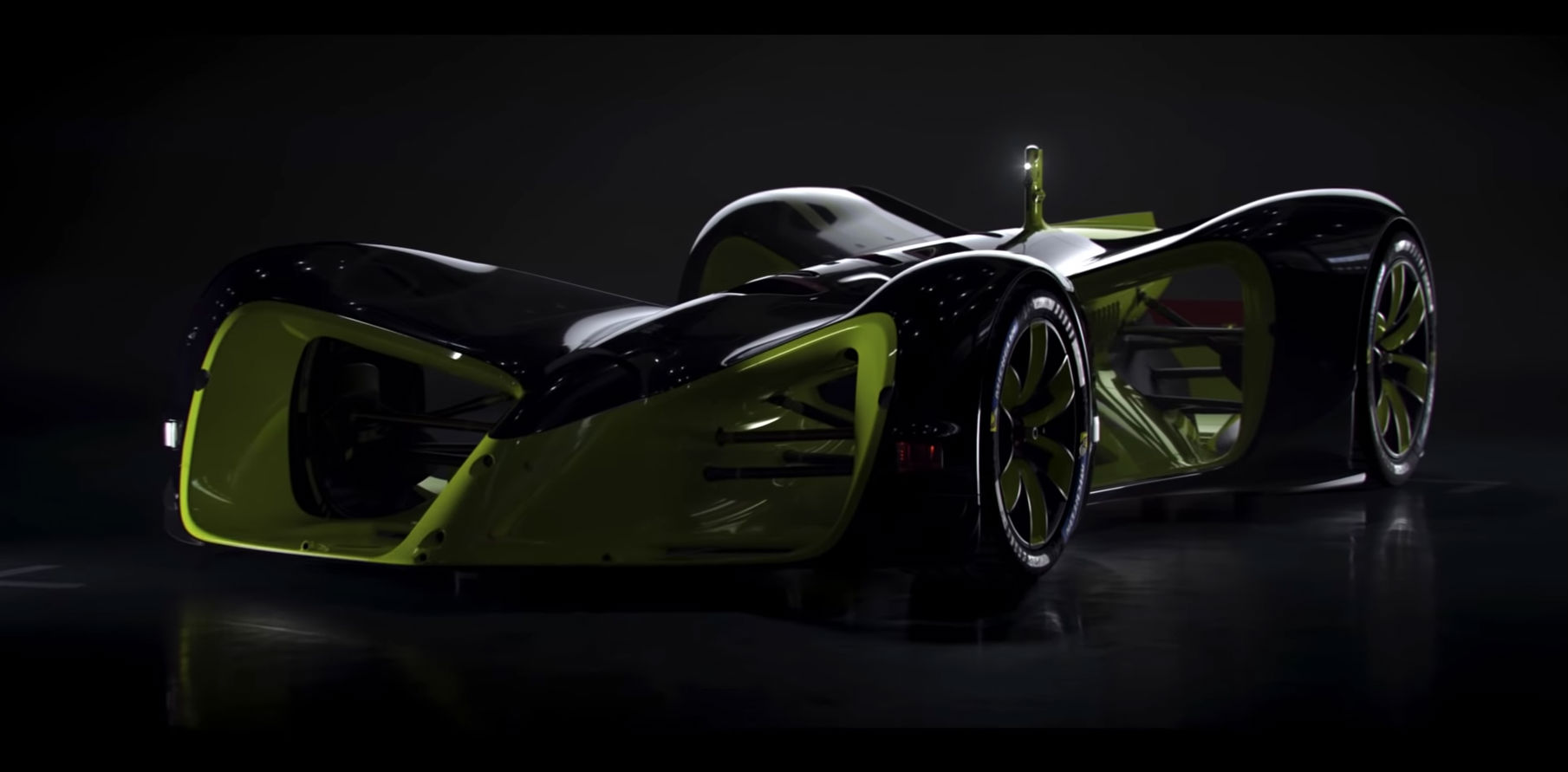
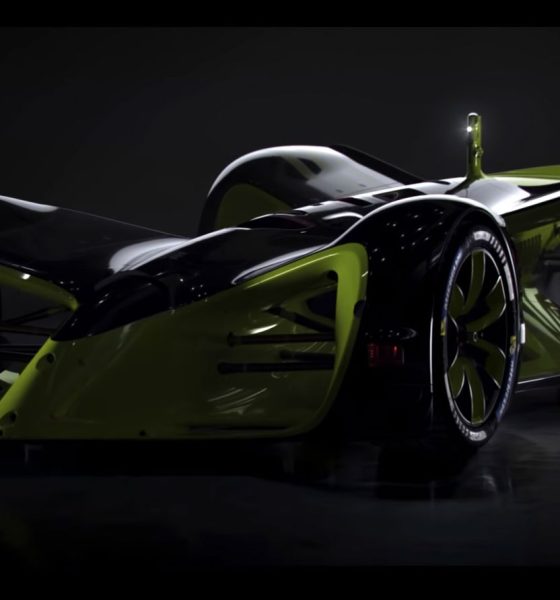
News
Robocar to attempt first self-driving hill climb at Goodwood Festival of Speed
Robocar, an autonomous purpose-built race car driven by an AI system, will soon be taking on its biggest challenge yet — the 2018 Goodwood Festival of Speed, which is set to be held this coming July 12-15 in West Sussex, England. In the event, Robocar would have to traverse the iconic hill climb’s 1.16-mile track on its own, using only its array of advanced sensors and AI to help it finish the challenging run.
Roborace, the company behind the creation of Robocar, had already proven that its autonomous driving technology could drive a high-speed vehicle around a race track. Roborace also believes that Robocar is equipped with just the right amount of tech to give it a good fighting chance to not only finish the hill climb event, but do so with authority.
Robocar is futuristic, and it definitely looks the part. The vehicle is designed by Daniel Simon, the man behind the designs of vehicles in blockbuster movies like Tron: Legacy and Oblivion. As featured in a recent video on Roborace’s official YouTube channel, Robocar is equipped with a variety of sensors to help it accomplish its task, including GPS, radar, LiDAR, ultrasonic sensors, and machine vision cameras that collect data around the car.
 Robocar’s suite of sensors. [Credit: Roborace]
Robocar’s suite of sensors. [Credit: Roborace]
The vehicle’s tech extends to its interior, with Robocar being equipped with four 135 kW electric motors that produce 500 hp, as well as a 58 kWh battery. Powered by NVIDIA Drive PX 2 processors, the vehicle is capable of hitting speeds of up to 199 mph (320 kph). Robocar is also operated by an AI system provided by Arrival that decides how fast the car must go and how it should tackle the conditions of the track.
All this tech has to come together on July 12. Robocar, after all, would be the first autonomous race car to attempt the run, and Rod Chong, deputy CEO of Roborace, expects the vehicle to attract a lot of attention when it shows up to the event.
“We’re pretty sure when the car appears, people will freak out. We aren’t sleeping very well right now,” he said.
Roborace expects Robocar to have some challenges during the hill climb event, considering that the trees in the track are bound to block the GPS satellite GPS signals for the vehicle, which could compromise the car’s capability to map its position accurately. In order to get around this problem, Roborace developers have written a custom software for the event, which uses Robocar’s LiDAR sensors for real-time environment perception. The Roborace team also plans to run the autonomous car every morning during the Festival of Speed before the official events begin, in order to allow Robocar to scan the track and account for objects that could be different from the day before.
Chong stated that Roborace is not really looking to set any records in the Goodwood Festival of Speed this year. Instead, the team would be happy if Robocar can simply finish all three days of the event without any issues. Nevertheless, the deputy CEO noted that ultimately, they would like Robocar to have a good run with a good level of speed.
“We want to run to a good level of speed—it’ll be visually exciting, believe me,” he said.
The founder of the Goodwood Festival of Speed, Charles Gordon-Lennox, the Duke of Richmond, however, is quite excited about the prospect of Robocar driving itself through his estate’s race track in high speeds.
“I can’t think of a more exciting way to celebrate our Silver Jubilee than to have Roborace attempt the first autonomous race car run up the hill. Roborace plays an important role in the future of mobility, challenging public perceptions and providing a platform to advance new technologies. This makes them the perfect partner to undertake this significant feat,” he said.
Here’s a brief video on the tech inside Robocar.

News
Tesla is improving Giga Berlin’s free “Giga Train” service for employees
With this initiative, Tesla aims to boost the number of Gigafactory Berlin employees commuting by rail while keeping the shuttle free for all riders.
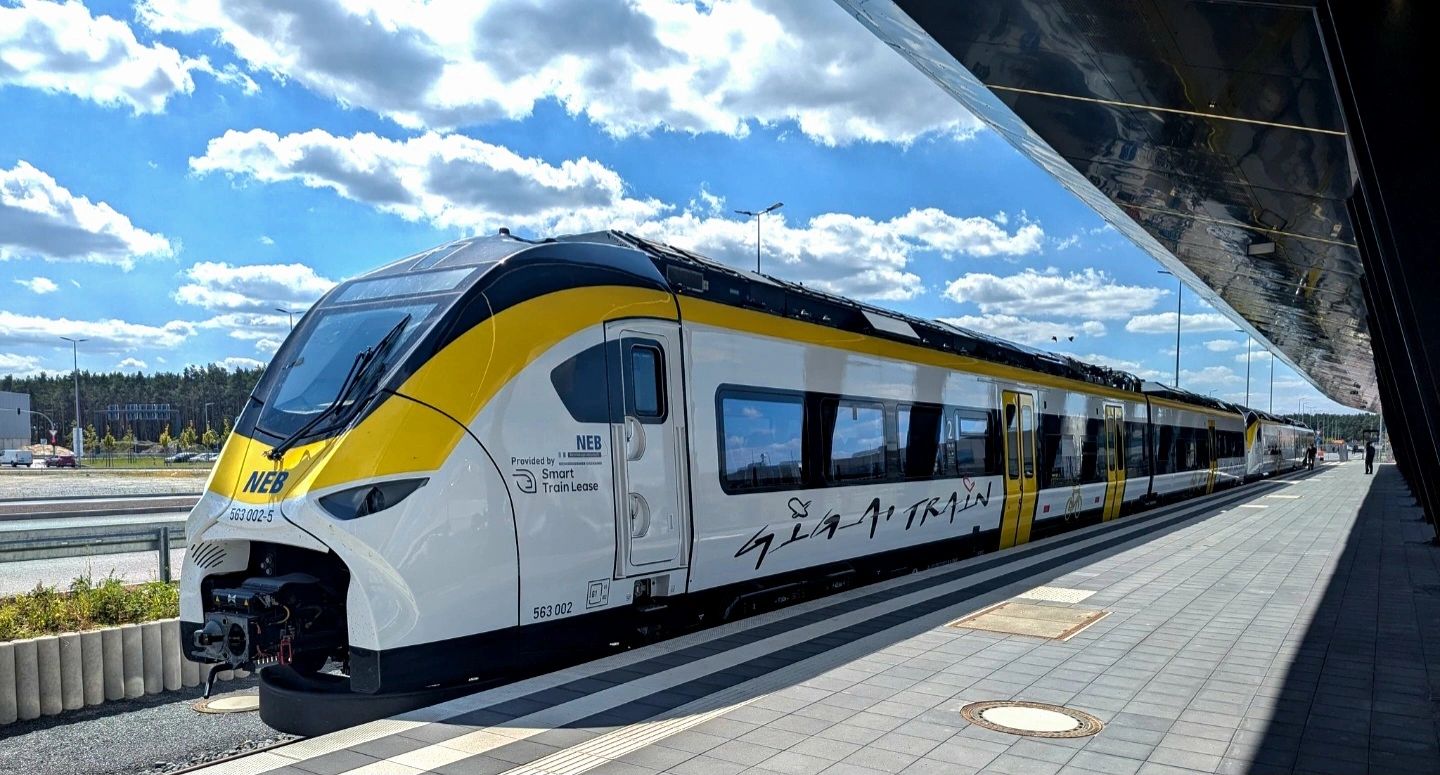
Tesla will expand its factory shuttle service in Germany beginning January 4, adding direct rail trips from Berlin Ostbahnhof to Giga Berlin-Brandenburg in Grünheide.
With this initiative, Tesla aims to boost the number of Gigafactory Berlin employees commuting by rail while keeping the shuttle free for all riders.
New shuttle route
As noted in a report from rbb24, the updated service, which will start January 4, will run between the Berlin Ostbahnhof East Station and the Erkner Station at the Gigafactory Berlin complex. Tesla stated that the timetable mirrors shift changes for the facility’s employees, and similar to before, the service will be completely free. The train will offer six direct trips per day as well.
“The service includes six daily trips, which also cover our shift times. The trains will run between Berlin Ostbahnhof (with a stop at Ostkreuz) and Erkner station to the Gigafactory,” Tesla Germany stated.
Even with construction continuing at Fangschleuse and Köpenick stations, the company said the route has been optimized to maintain a predictable 35-minute travel time. The update follows earlier phases of Tesla’s “Giga Train” program, which initially connected Erkner to the factory grounds before expanding to Berlin-Lichtenberg.
Tesla pushes for majority rail commuting
Tesla began production at Grünheide in March 2022, and the factory’s workforce has since grown to around 11,500 employees, with an estimated 60% commuting from Berlin. The facility produces the Model Y, Tesla’s best-selling vehicle, for both Germany and other territories.
The company has repeatedly emphasized its goal of having more than half its staff use public transportation rather than cars, positioning the shuttle as a key part of that initiative. In keeping with the factory’s sustainability focus, Tesla continues to allow even non-employees to ride the shuttle free of charge, making it a broader mobility option for the area.
News
Tesla Model 3 and Model Y dominate China’s real-world efficiency tests
The Tesla Model 3 posted 20.8 kWh/100 km while the Model Y followed closely at 21.8 kWh/100 km.
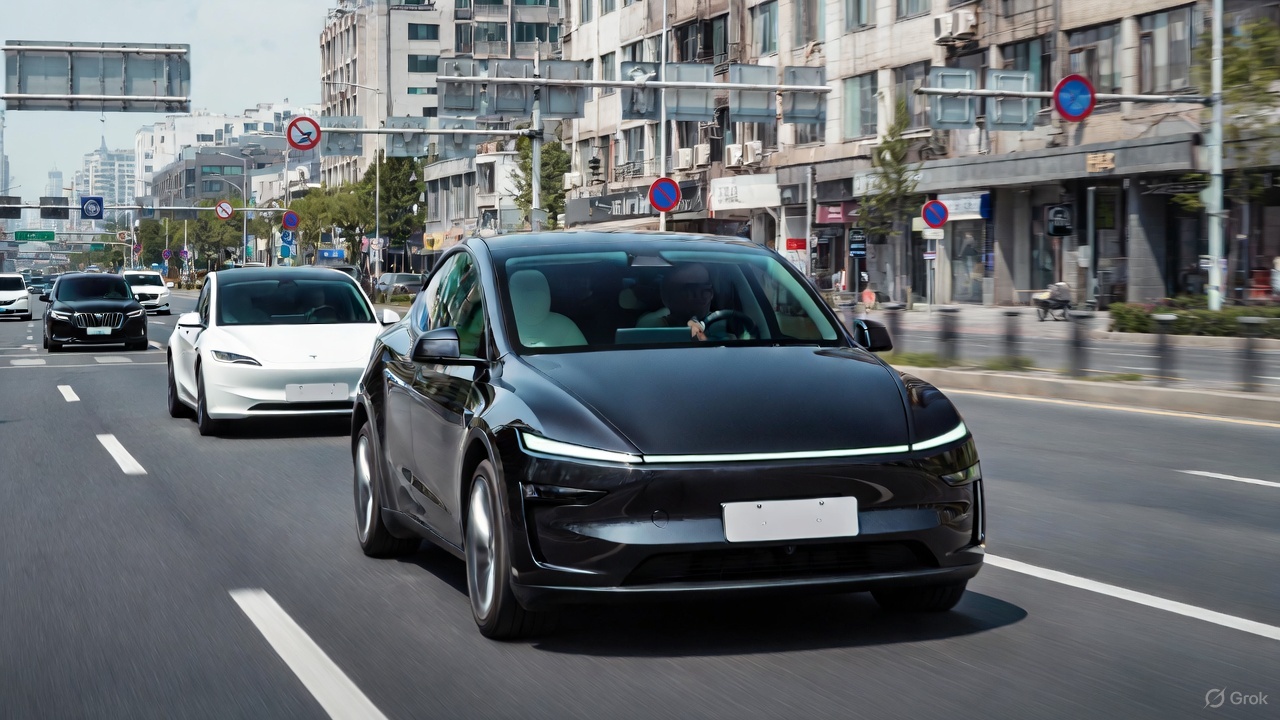
Tesla’s Model 3 and Model Y once again led the field in a new real-world energy-consumption test conducted by China’s Autohome, outperforming numerous rival electric vehicles in controlled conditions.
The results, which placed both Teslas in the top two spots, prompted Xiaomi CEO Lei Jun to acknowledge Tesla’s efficiency advantage while noting that his company’s vehicles will continue refining its own models to close the gap.
Tesla secures top efficiency results
Autohome’s evaluation placed all vehicles under identical conditions, such as a full 375-kg load, cabin temperature fixed at 24°C on automatic climate control, and a steady cruising speed of 120 km/h. In this environment, the Tesla Model 3 posted 20.8 kWh/100 km while the Model Y followed closely at 21.8 kWh/100 km, as noted in a Sina News report.
These figures positioned Tesla’s vehicles firmly at the top of the ranking and highlighted their continued leadership in long-range efficiency. The test also highlighted how drivetrain optimization, software management, and aerodynamic profiles remain key differentiators in high-speed, cold-weather scenarios where many electric cars struggle to maintain low consumption.
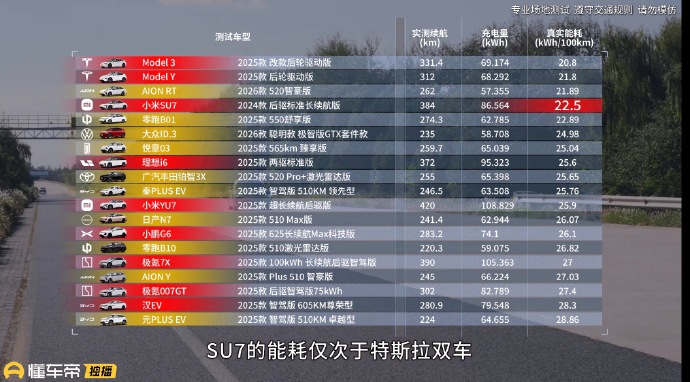
Xiaomi’s Lei Jun pledges to continue learning from Tesla
Following the results, Xiaomi CEO Lei Jun noted that the Xiaomi SU7 actually performed well overall but naturally consumed more energy due to its larger C-segment footprint and higher specification. He reiterated that factors such as size and weight contributed to the difference in real-world consumption compared to Tesla. Still, the executive noted that Xiaomi will continue to learn from the veteran EV maker.
“The Xiaomi SU7’s energy consumption performance is also very good; you can take a closer look. The fact that its test results are weaker than Tesla’s is partly due to objective reasons: the Xiaomi SU7 is a C-segment car, larger and with higher specifications, making it heavier and naturally increasing energy consumption. Of course, we will continue to learn from Tesla and further optimize its energy consumption performance!” Lei Jun wrote in a post on Weibo.
Lei Jun has repeatedly described Tesla as the global benchmark for EV efficiency, previously stating that Xiaomi may require three to five years to match its leadership. He has also been very supportive of FSD, even testing the system in the United States.
Elon Musk
Elon Musk reveals what will make Optimus’ ridiculous production targets feasible
Musk recent post suggests that Tesla has a plan to attain Optimus’ production goals.
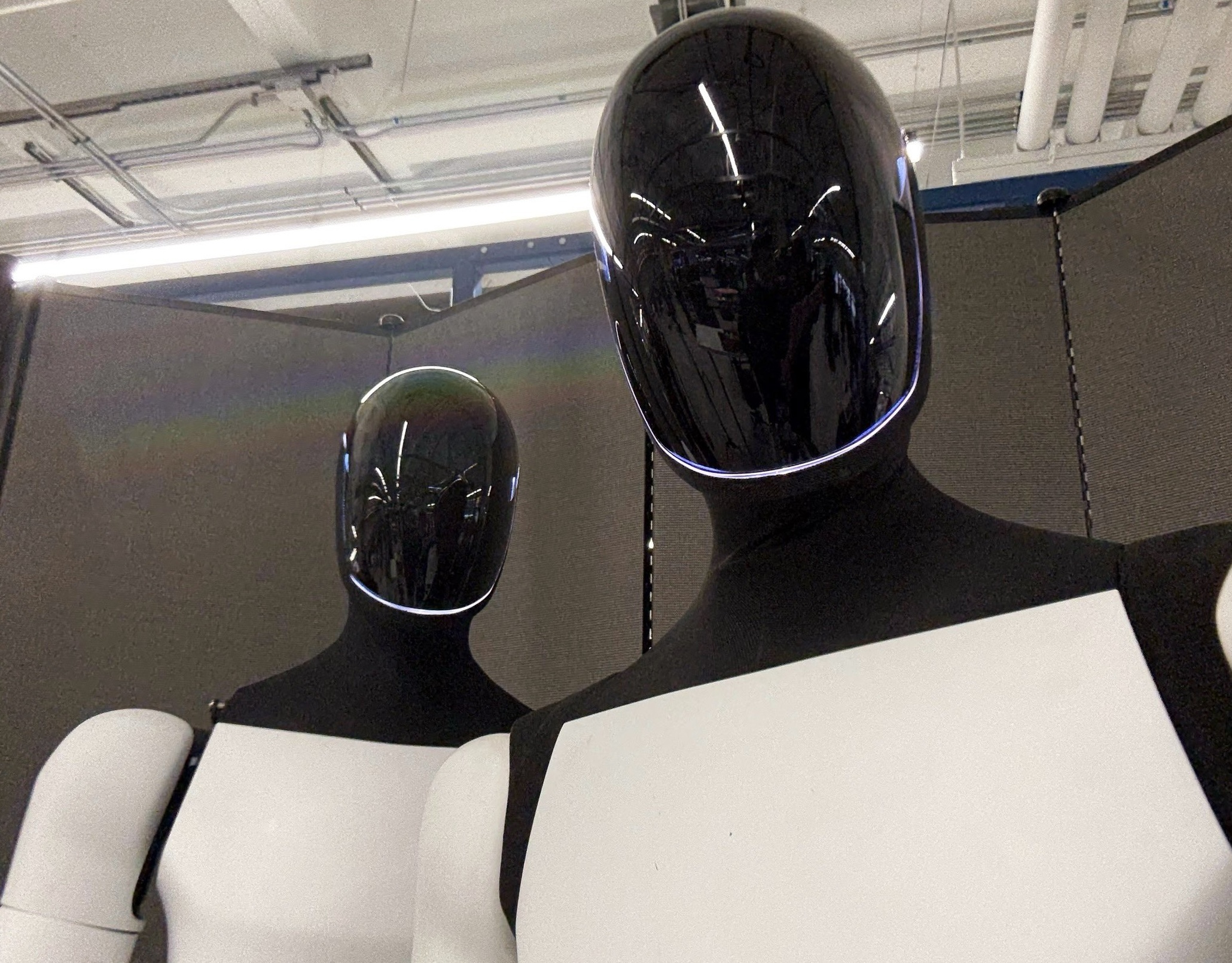
Elon Musk subtly teased Tesla’s strategy to achieve Optimus’ insane production volume targets. The CEO has shared his predictions about Optimus’ volume, and they are so ambitious that one would mistake them for science fiction.
Musk’s recent post on X, however, suggests that Tesla has a plan to attain Optimus’ production goals.
The highest volume product
Elon Musk has been pretty clear about the idea of Optimus being Tesla’s highest-volume product. During the Tesla 2025 Annual Shareholder Meeting, Musk stated that the humanoid robot will see “the fastest production ramp of any product of any large complex manufactured product ever,” starting with a one-million-per-year line at the Fremont Factory.
Following this, Musk stated that Giga Texas will receive a 10 million-per-year unit Optimus line. But even at this level, the Optimus ramp is just beginning, as the production of the humanoid robot will only accelerate from there. At some point, the CEO stated that a Mars location could even have a 100 million-unit-per-year production line, resulting in up to a billion Optimus robots being produced per year.
Self-replication is key
During the weekend, Musk posted a short message that hinted at Tesla’s Optimus strategy. “Optimus will be the Von Neumann probe,” the CEO wrote in his post. This short comment suggests that Tesla will not be relying on traditional production systems to make Optimus. The company probably won’t even hire humans to produce the humanoid robot at one point. Instead, Optimus robots could simply produce other Optimus robots, allowing them to self-replicate.
The Von Neumann is a hypothetical self-replicating spacecraft proposed by the mathematician and physicist John von Neumann in the 1940s–1950s. The hypothetical machine in the concept would be able to travel to a new star system or location, land, mine, and extract raw materials from planets, asteroids, and moons as needed, use those materials to manufacture copies of itself, and launch the new copies toward other star systems.
If Optimus could pull off this ambitious target, the humanoid robot would indeed be the highest volume product ever created. It could, as Musk predicted, really change the world.









